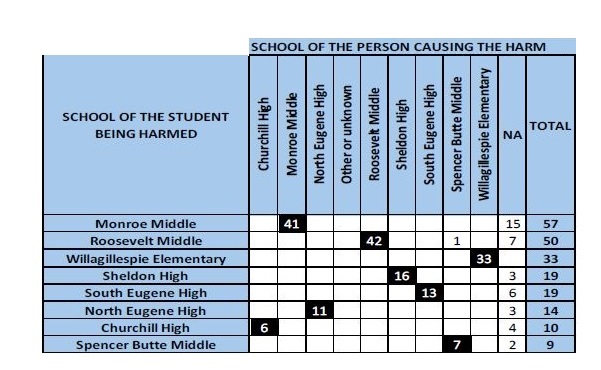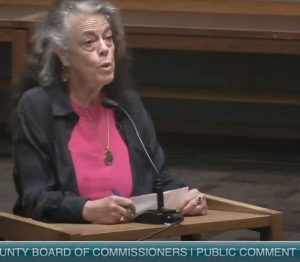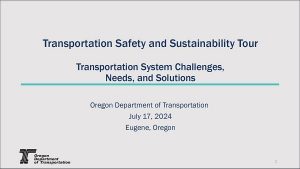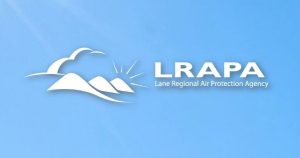Bullying tops 4J harassment reports from students and families
3 min read
4J students and guardians have reported about 400 incidents of bullying, bias, and harassment since the start of the school year. On April 3:
Oscar Loureiro (Director, Research and Development): My name is Oscar Loureiro, and I’m here tonight to talk about the responses we have received online regarding incidents of bullying, bias and harassment and as part of implementing our policy ACC, we this year created two online tools for students and families and staff members to report these incidents.
And when we look at those reports from students and families from the beginning of the year, we have received a total of 397 reports of incidents. And the prevalence was higher at the beginning of the year, in September / October and also February / March, but it was lower in the middle of the year.
[00:01:04] And when we look at what type of incident was reported, you see that almost half of the reports, it shows the generic bullying and harassment incident type, and then racial harassment is the second most common type of incident that was reported. Again, this is students and families.
[00:01:27] John Q: Among their reports, 45% involved bullying; about 19% – racial harassment; then sexual or gender-based harassment at 13%; 7.5% bias incidents; then students harassed by staff – 6.5%; about 5% – bullying surrounding disabilities.
[00:01:49] Oscar Loureiro (Director of Research and Development): When we look at the role of the person that is alleged to have caused the harm reported in the incident, overwhelmingly it’s a student. When we look at the schools where these incidents are reported, where the student who was harmed is enrolled, the school where the student or the staff member that allegedly caused the harm works or is enrolled and you see, as you would expect, in most cases, the person who was harmed and who caused the harm are in the same school.
[00:02:33] John Q: Monroe and Roosevelt Middle Schools had the most incidents reported by students and their families, with totals of 57 and 50 incidents overall. While most elementary schools only had one or two reports, Willagillespie showed a whopping 33 reports from students and their families. South Eugene and Sheldon had the most among high schools, with 19 each. North had 14 and Churchill had just 10.
[00:02:59] Oscar Loureiro (Director of Research and Development): When we look now at reports made by staff members, we see that we received 40 and there’s more variability over time. You see more up and down but there’s no clear trend for them over time.
[00:03:18] When we do the same analysis as before, regarding what types of incidents were reported, racial harassment incidents are the most common.
[00:03:30] And when we look at the role of the person who caused the harm, in almost half of the cases, the respondent didn’t include that information, but when that information was included, it tended to be a student. And the same as before, the school where the staff member works, where the student or a staff member that allegedly caused the harm, and again, those tend to be the same.
[00:04:02] John Q: He was asked if the numbers went up because students and parents were reminded about the online Google Forms.
[00:04:09] Oscar Loureiro (Director of Research and Development): Actually, I don’t have an explanation. Maybe some schools did some reminding, and that will influence, but actually, when I look at the numbers, it wasn’t just in a school so if that was the reason it would have been across the schools.
[00:04:27] John Q: He confirmed that the same incident might be duplicated in the data, reported by the person who was harmed and also reported by a teacher and by a witness.
[00:04:37] Oscar Loureiro (Director of Research and Development): It could be, a witness could fill one of these reports and the person that suffered the incident could also do it. We tried to kind of filter for that by asking where did it happen and when did it happen. But since it’s open response, sometimes it’s obvious that two people are talking about the same thing, but many cases, we’re not sure.
[00:05:01] John Q: In the second report issued under 4J’s new harassment policy, staff reported only 40 incidents, while students and their families reported about 400. That 10% rate was similar to the first report in December, when staff reported 18 incidents and students and families reported about 180.






